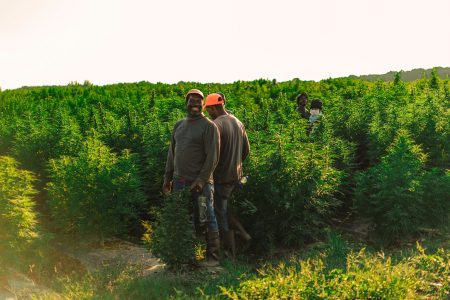Key reasons why tree planting so often fails
Duguma et al. 2020 World Agroforestry This paper provides a detailed overview of the major underlying challenges for successful forest and woodland restoration. The authors highlight 5 key challenges: 1) Performance indicators for forest restoration projects are often the number of trees planted or the area covered – this does not account for the fact […] March 13, 2020
Duguma et al. 2020 World Agroforestry
This paper provides a detailed overview of the major underlying challenges for successful forest and woodland restoration. The authors highlight 5 key challenges:
1) Performance indicators for forest restoration projects are often the number of trees planted or the area covered – this does not account for the fact that many of these trees may not survive in the long-term. Instead, indicators should be centered around the number of trees that grow and the area of land covered with grown trees.
2) Most projects operate over too short a time frame of just a few years, meaning plants are not nurtured for long enough to ensure long-term survival.
3) There is only very weak emphasis on the need for the right tree species to be planted in the right place, for the right purpose.
4) Management after planting is often limited, even if the length of a project could support it.
5) Lack of tree tenure to formally transfer management of planted trees to local communities who can provide long-term management.
Often tree planting is stated as the ultimate objective of the intervention; when
that objective should instead be tree growing.
For more details, read the paper and supporting article.
